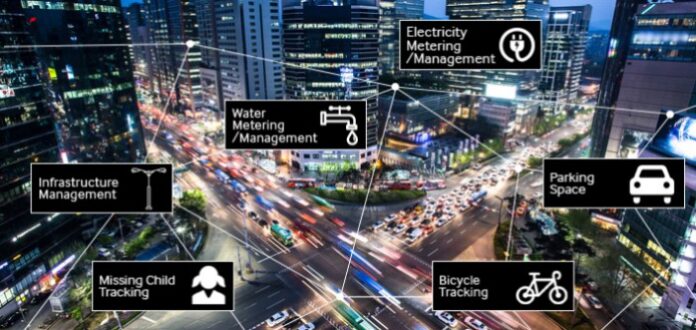The market share of non-cellular low-power wide-area (LPWA) technologies will outstrip the share of cellular LPWA technologies by 12 percent by 2021, a new market report by ABI Research has claimed.
LPWA endpoints using non-cellular LPWA technologies from the likes of INGENU, the LoRa Alliance, SIGFOX, Sensus, and Telensa will dominate, it said, even as cellular LPWA technologies like NB-IoT and LTE-M witness exponential growth.
Both technologies will benefit from a growing base of connections in smart meters and emerging IoT applications, including street lighting, parking, environmental monitoring, and asset tracking.
However, early deployments in Europe and Asia Pacific will give non-cellular LPWA networks an edge in the medium term, it added. Swisscom and Orange are among the early adopters.
“In both regions, network operators have been proactive in the roll-out of LPWA networks, especially with the early nationwide roll-outs of public LPWA networks,” said Adarsh Krishnan, Senior Analyst at ABI Research.
By contrast, cellular LPWA, offering higher quality of service in licensed spectrum, will gain most traction in North America, it predicted, especially with IoT applications for telematics, metering, and location tracking, which will require more stringent compliance.
Krishnan said: “Smart meter deployments from energy and water utilities will be an important lever for the initial adoption of both cellular and non-cellular public LPWA network technologies.
“The success of these LPWA rollouts in smart metering from energy utilities has already started to attract water utilities previously searching for the business case clarity they now have.”
Geo-fencing and geo-localisation features will usher in the next wave of connection growth for non-cellular public LPWA networks, said Krishnan.
“B2B and B2B2C asset tracking and monitoring applications, such as tracking livestock, industrial equipment, postal packages, airport baggage, shipping containers, and other tracking use-cases, will drive the most connection growth for public LPWA networks,” he said.
Last month, ABI Research gave a gloomier picture about the long term health of proprietary and non-cellular technology, claiming the likes of NB-IoT will grab a quick foothold in the market.




